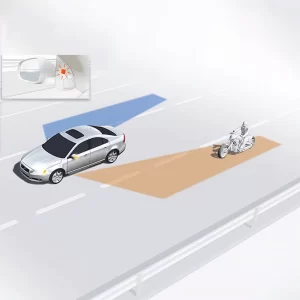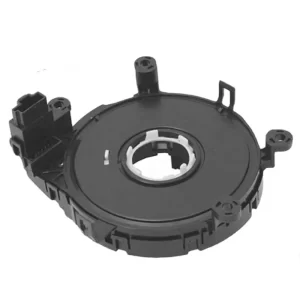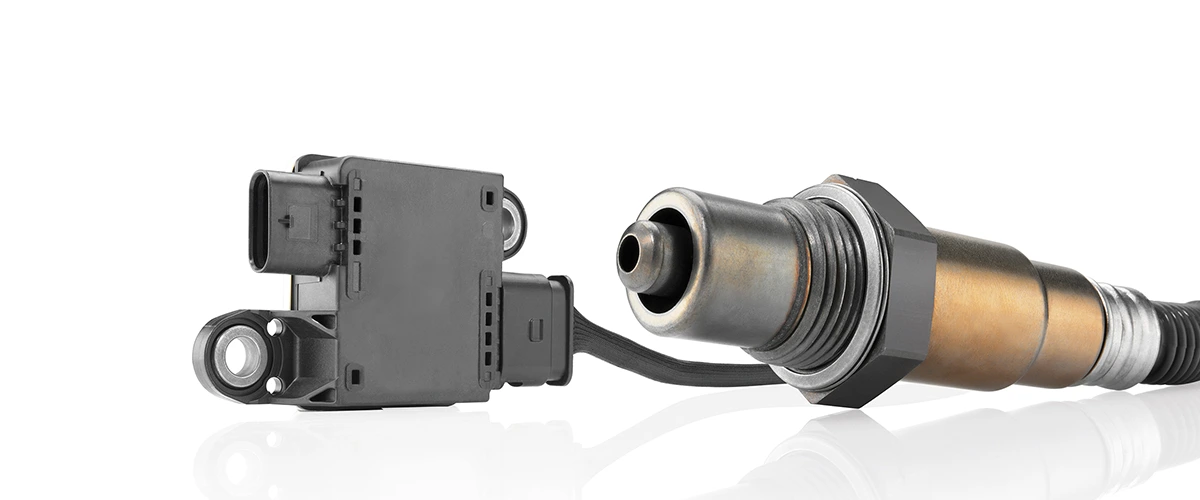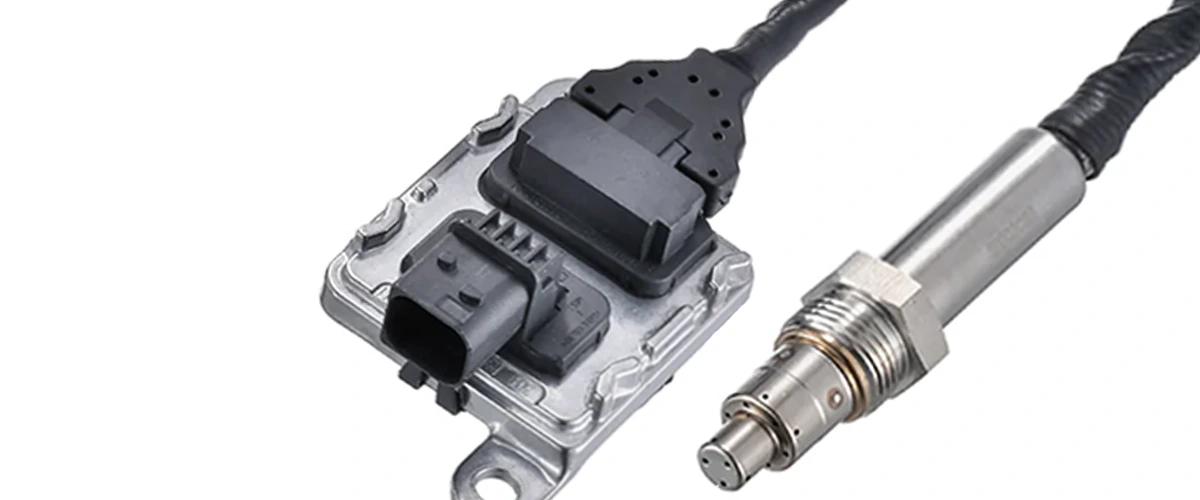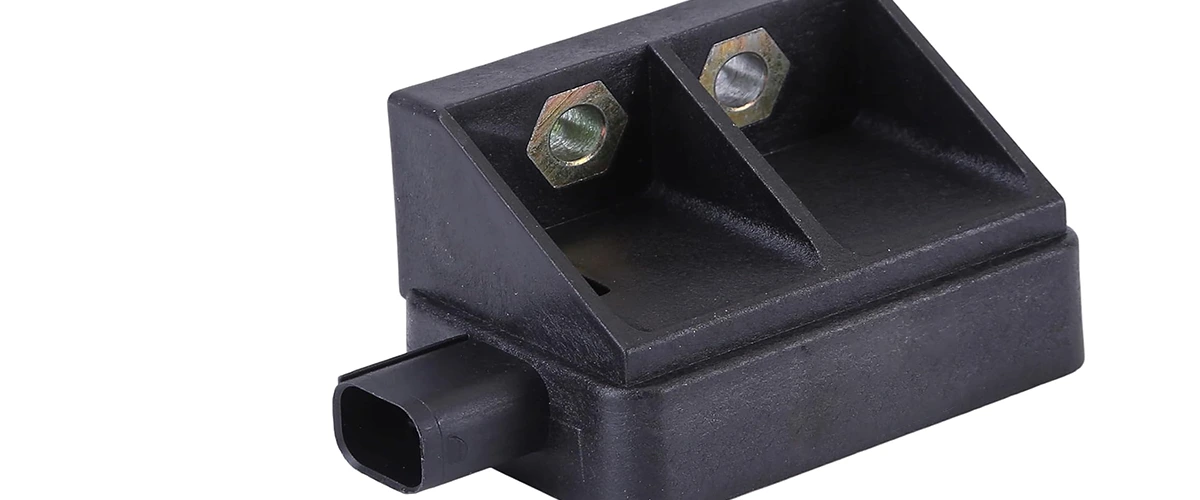The water pump is the heart of the engine cooling system. The function of the water pump is to continuously circulate the coolant throughout the cooling circuit and thus regulate the flow rate of the coolant. Water pumps are most commonly externally driven by a roller/belt combination.
A bad water pump can cause the engine to overheat. Here we explain how to check and diagnose a broken water pump. But it’s just as important to check the belt drive system that drives the water pump. A bad belt and tensioner will cause premature bearing and shaft failure and thus significantly reduce pump life. Conversely, a leaking water pump will inevitably affect the belt and tensioner. That’s why Gates recommends replacing the water pump, belt, and other drive components at the same time as good preventative maintenance.
1. WEEP HOLE LEAKAGE
Appearance: The internal mechanical seal of the pump seals the shaft towards the cooling circuit, protecting the bearings by preventing coolant from entering the bearing assembly. When the water pump is new, some seepage from the weep hole is normal as it takes about ten minutes (break-in period) for the mechanical seal to seat properly. After this break-in period or a large coolant bleed mark around the weep hole is abnormal and indicates impending water pump failure.

Cause: Contaminated coolant is the main cause of weep hole leaks.
Solution: Before installing the new pump, flush the cooling system thoroughly and fill the system with the correct coolant recommended by the manufacturer.
Note: Never run the water pump dry, not even for a few seconds. Dry running of the pump destroys its mechanical seal.
2. LEAKAGE FROM THE MOUNTING SURFACE

Appearance: Seepage, drips or large coolant bleed marks on or around the mounting surface or on the housing.
Cause: Improper installation of water pump or improper use of seals/gaskets or seal.
Solution: For a recently installed new water pump: carefully remove the water pump, check and reinstall. Strictly follow torque specifications. Make sure the gaskets/gaskets are in perfect condition and installed correctly. If sealant is applied, clean the rims and mounting surface of the part and apply new sealant evenly along the edge of the part. If the leak is not due to a new, improperly installed water pump, the pump should be replaced immediately.
3. RUST AND CORROSION
Appearance: Rust and corrosion on the surfaces of the water pump, eg tool corrosion makes the pump ineffective at moving coolant.

Cause: Contaminated coolant, incompatible coolant, or mixed coolant in different chemistries. Another possible cause could be a faulty pressure cap, which causes air bubbles, speeding up the rusting process.
Solution: Replace the water pump. Before installing the new pump, flush the cooling system thoroughly and fill the system with the correct coolant recommended by the manufacturer. Check the pressure cap and replace if defective.
4. DEPOSIT BUILD-UP

Appearance: Deposits, silt and scales accumulate on the inside, clogging the water pump and preventing its individual components from functioning properly.
Cause: Contaminated coolant, incompatible coolant, or mixed coolant in different chemistries.
Solution: Replace the water pump. Before installing the new pump, flush the cooling system thoroughly and fill the system with the correct coolant recommended by the manufacturer.
5. CAVITATION
Appearance: Vapor cavities (“bubbles”) in the coolant collapse with explosive force, lifting individual pump components. These areas will then rust away.

Cause: Bubble formation at the pump coolant inlet. As the pressure in the system increases, the bubbles burst and cause damage.
Solution: Replace the water pump. Before installing the new pump, flush the cooling system thoroughly and fill the system with the correct coolant recommended by the manufacturer.
6. DAMAGED BEARING

Appearance: With the engine off, check the bearing condition by looking for side-to-side play on the shaft. Apply hand pressure – the game should not be played at all. Rumbling or screeching noises from the water pump also indicate a worn bearing.
Cause: A misaligned belt causes excessive wear. An over-tensioned belt will overload the bearing, accelerating wear. A damaged mechanical seal allows coolant to leak from the bearings and wash away the lubricant.
Solution: Replace the water pump and be sure to check the belt drive system: belt, tensioner, rollers, belt tension and alignment.
Note: Never compromise on water pump quality! Cheap water pumps do not meet the OE prescription for mechanical seal and bearing quality.
7. DAMAGED OR BROKEN SHAFT
Appearance: The shaft is bent or broken. A clean fracture indicates an “instantaneous” fracture caused by a sudden overload or imbalance. If the broken shaft is discolored (usually blue), the damage was gradual, indicating excessive heat build-up before the shaft broke.

Cause: A misaligned belt causes excessive wear. An over-tensioned belt applies a powerful bending force to the shaft, resulting in shaft bending or early shaft breakage. Excessive vibration due to lack of maintenance.
Solution: Replace the water pump and be sure to check the belt drive system: belt, tensioner, rollers, belt tension and alignment. If equipped with a water pump mounted fan, check the fan/fan clutch assembly. The fan must not be installed directly on the shaft. A bent or damaged fan, a worn intermediate, or a worn or damaged fan clutch can also be contributing factors to breakage.
To better know your parts, you may would like to know:
Get Full Support
MOOCAR — as a leading exporter, we are continually developing breakthrough sensing and actuating solutions to help optimize emissions control, fuel economy, and drivability. In addition to the above parts, we offer full support of data, market information.

